Silvia Pinca is removing invasive species and replanting native trees on her New Zealand land. Kiwi and other birds are already making themselves at home.
When the lumberjacks felled the last tree at the end of a year-long process, the whole house trembled. That was it – no more chainsaw noise to disturb the natural silence, no more pollen to spoil our windows, no more straight rows of Monterey pines. The exotic (for New Zealand) trees had been planted here 20-something years earlier to produce pulp or building material: They had fulfilled their purpose.
The final shudder was from one of the largest pines that grew on the edge of the property, where they had been free to boldly take all the space they wished since there was pasture next door.
The last time I walked on the track through the pines, looking at the brightly numbered trees next to be felled, I had wondered what would happen to the big whekī and mamaku (black and giant ferns) when the loggers arrived. Well, they, too, vanished a few months later. I quickly realized that this land, on the boundary of where I live, needed help. My help.
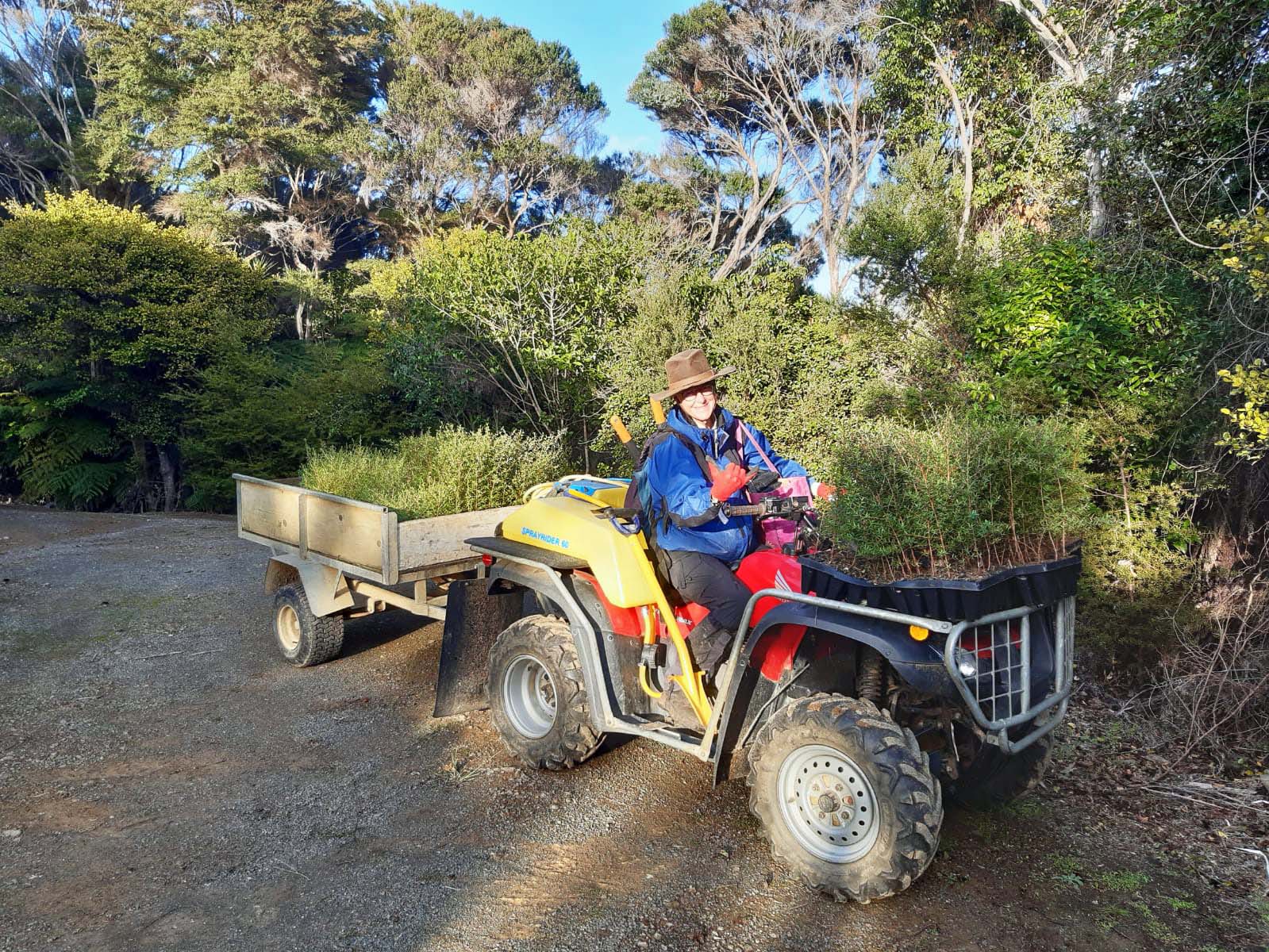
In my eyes these 80 acres – now at risk of predation by investors selling “lifestyle blocks” for holiday properties or retirement mansions – should be given the chance to heal. I could see it being rewilded, restored into native forest. It was, after all, adjacent to our home, where 25 years earlier my husband, Nick, began preserving 250 acres of native bush by trapping invasive pests (in the millions in New Zealand). As a result, the land flourished: more leaves, trees, fruit and birds. Why not extend our property to help the ex–pine plantation return to its natural biodiversity?
I knew what my answer was.
After selling a property in my home country (Italy), one and a half years after witnessing the last of the pines collapse under the chainsaw, we succeeded in buying the property. And I was eager to get started! The excitement of having obtained the lot, however, quickly vanished. What I had purchased amounted to a war zone: mountains of abandoned tree trunks and branches, forgotten petrol tanks, piles of logs (of no commercial value) blocking the two main creeks, tens of thousands of regrown pines, some already two years old, and huge webs of invasive creepers smothering the few native colonizers. But I was determined.
Before I could even think about planting, however, I had to clear the space of usurper plants that in just two and a half years had already repopulated the destruction zone. The first year, moving over uneven ground littered with randomly accumulated masses of discarded tree trunks, stumps and abandoned trash, I killed more than 32,000 pines six inches to six feet tall, along with thousands of invasive weeds and their fruit pods, moth plant and banana passionfruit being the worst ones.
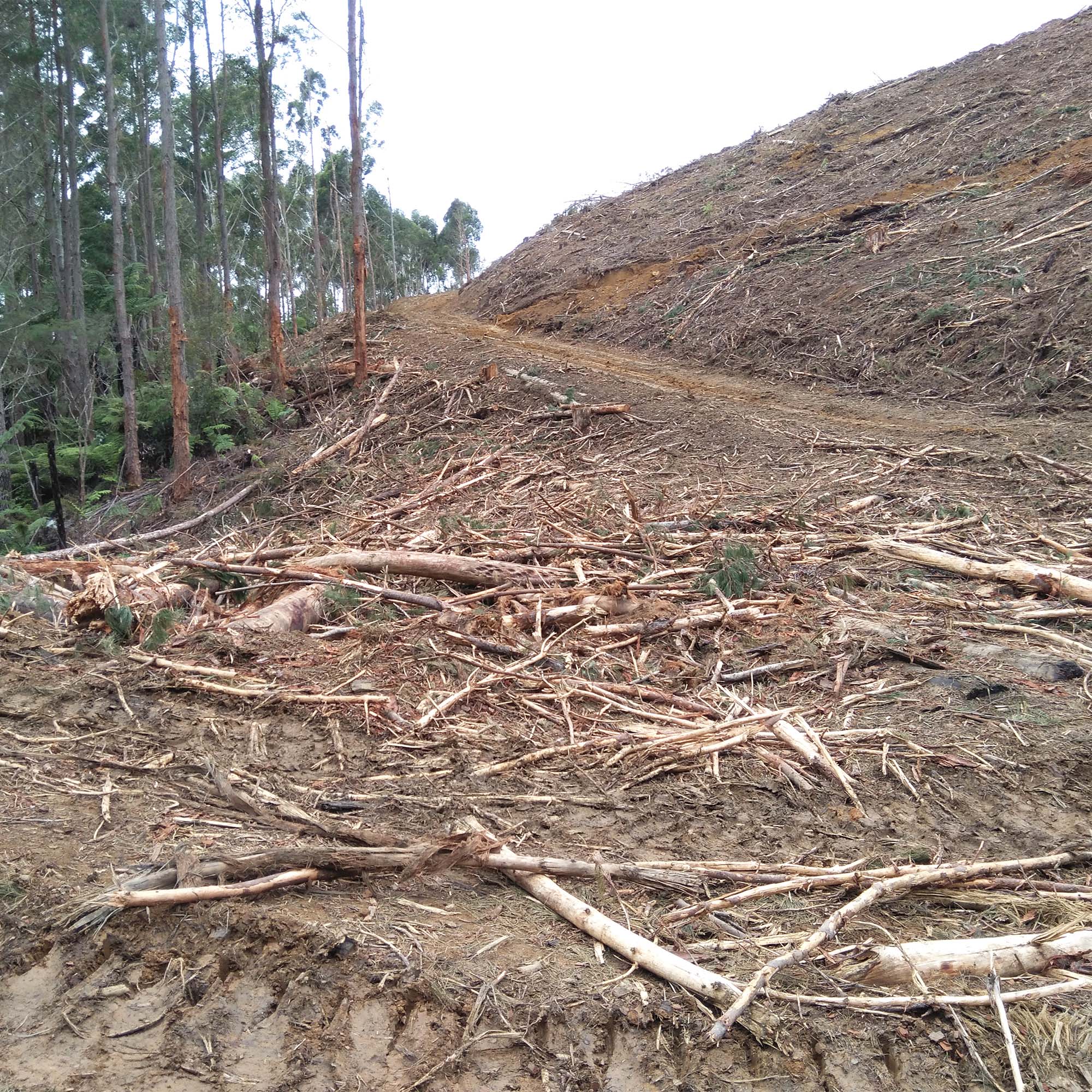

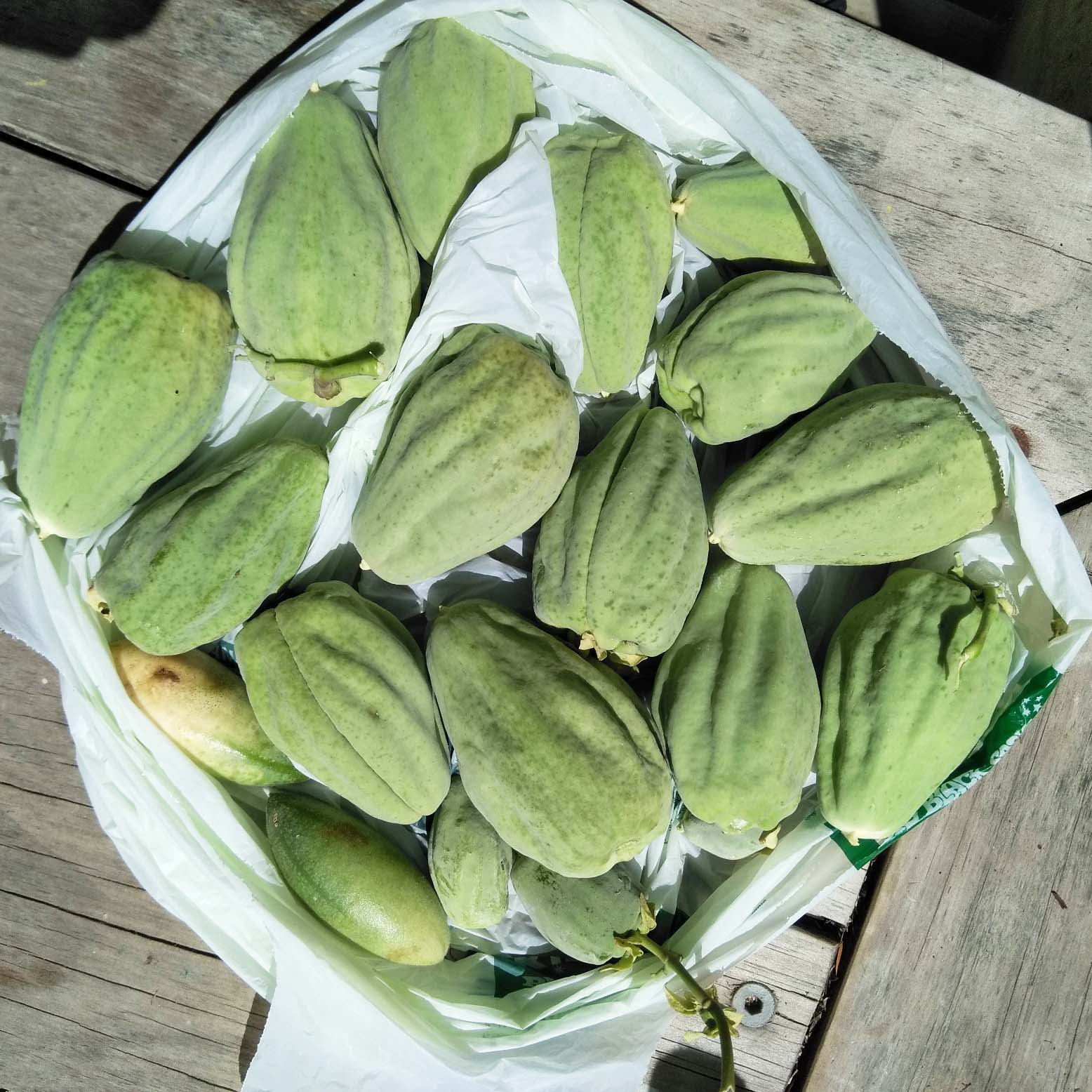
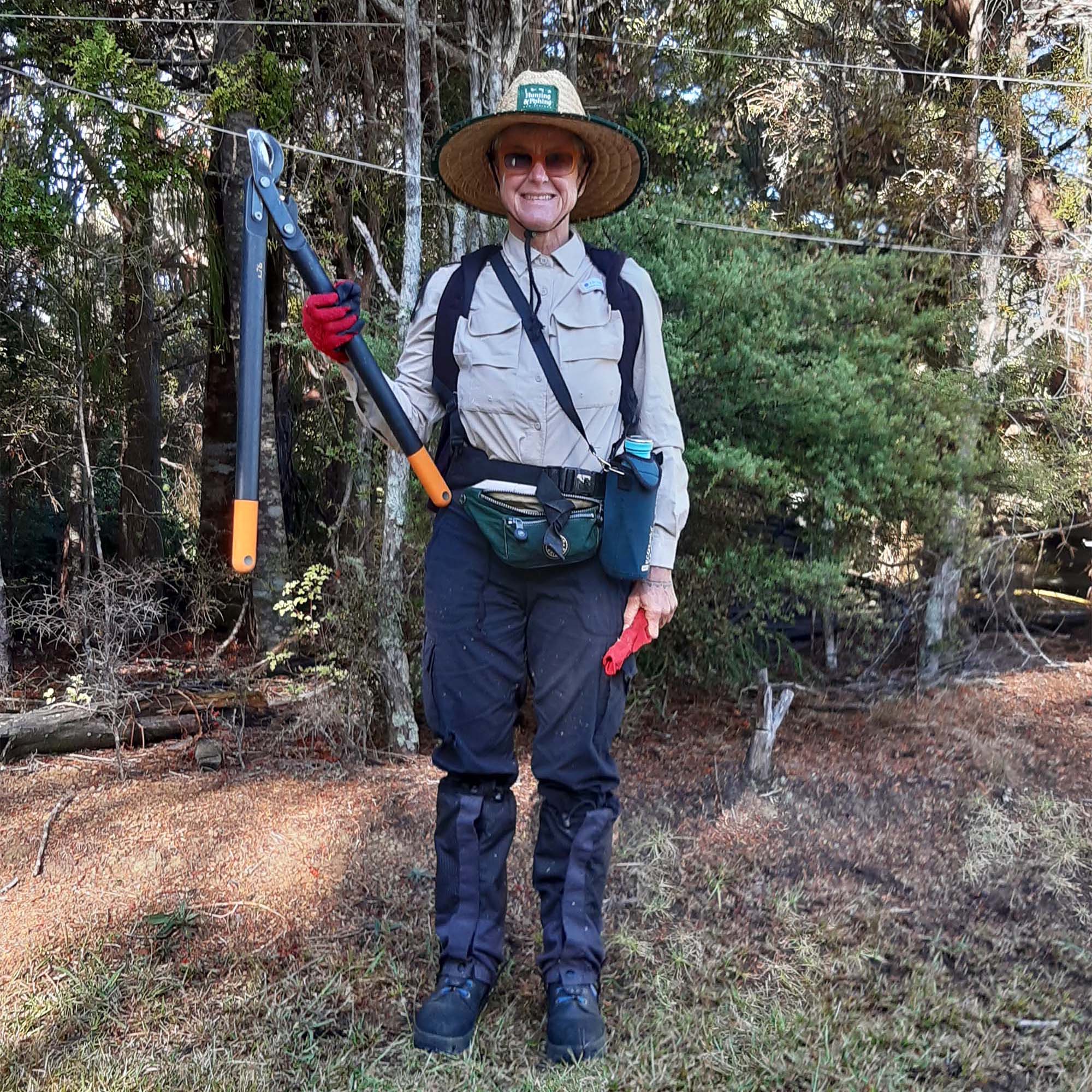
Each year the number of pines fell under the loppers and pruning saw, even as new ones kept sprouting from the discarded cones. But the invasive vines and the aggressive grasses flourished and multiplied. Pampas became the worst invader in the next two years: It was then I started humbly acknowledging the full scale of this project. I had been so naive, and so ignorant that this work would turn out to be a massive, physically tough, sometimes dangerous, part-time occupation.
Neighbours suggested cutting the pampas flower stems; they would regrow in higher numbers only two weeks later, and I would have to start again. More than 3,000 plants treated this way would, a few months later, literally triplicate. I could see their hairy heads everywhere, flowing in the wind, spreading millions of seeds wherever they could find naked spaces – which this land was particularly rich in.
I called professional sprayers, who spot-treated individual plants with a natives-sparing herbicide. I did the steepest areas myself with backpack spray gear. This system seemed to work: The huge pampas were turning yellow in a matter of two to three weeks. I was relieved. But the next year they were back in full swing, regrown from the incomplete spray effects, and many more had made their way onto the land.
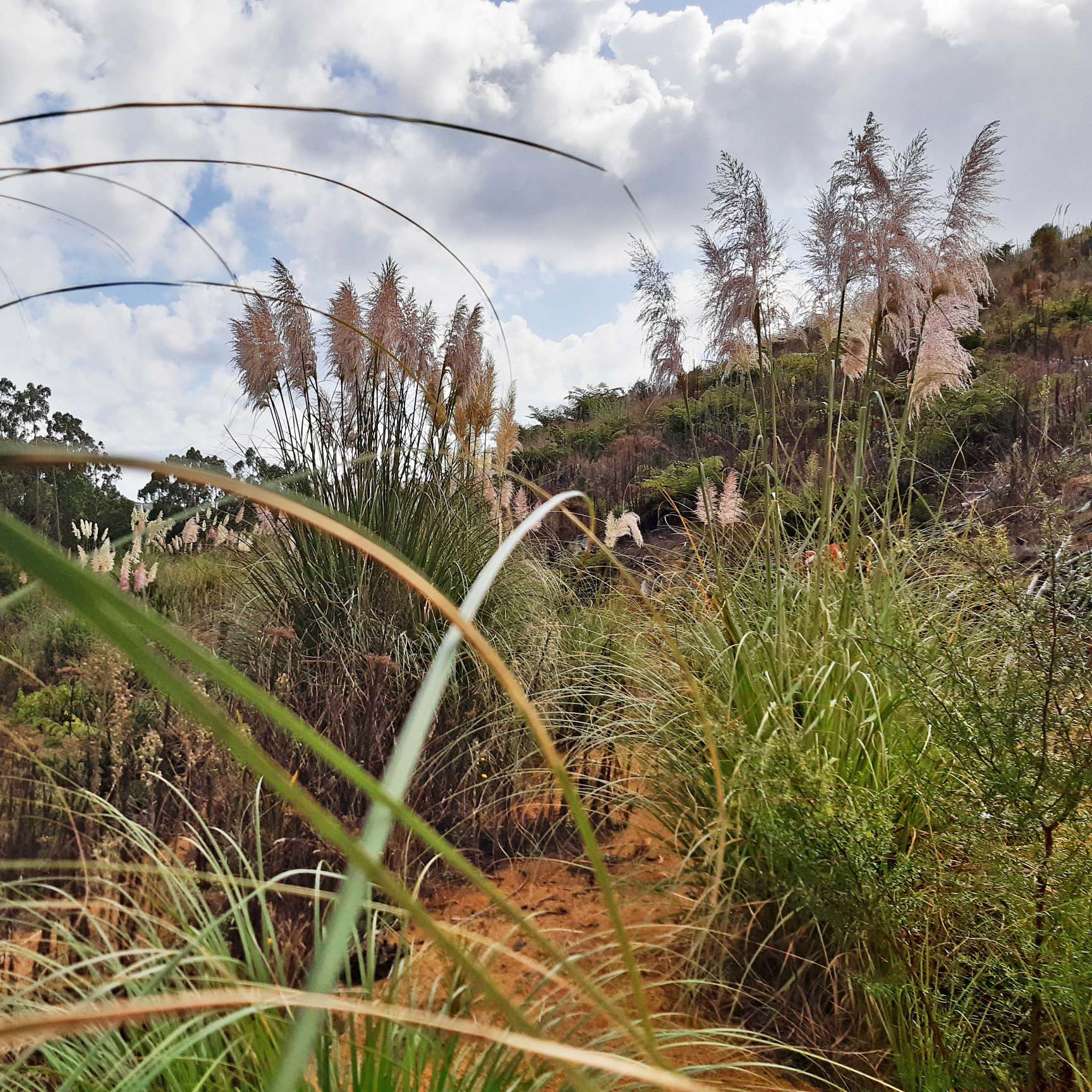
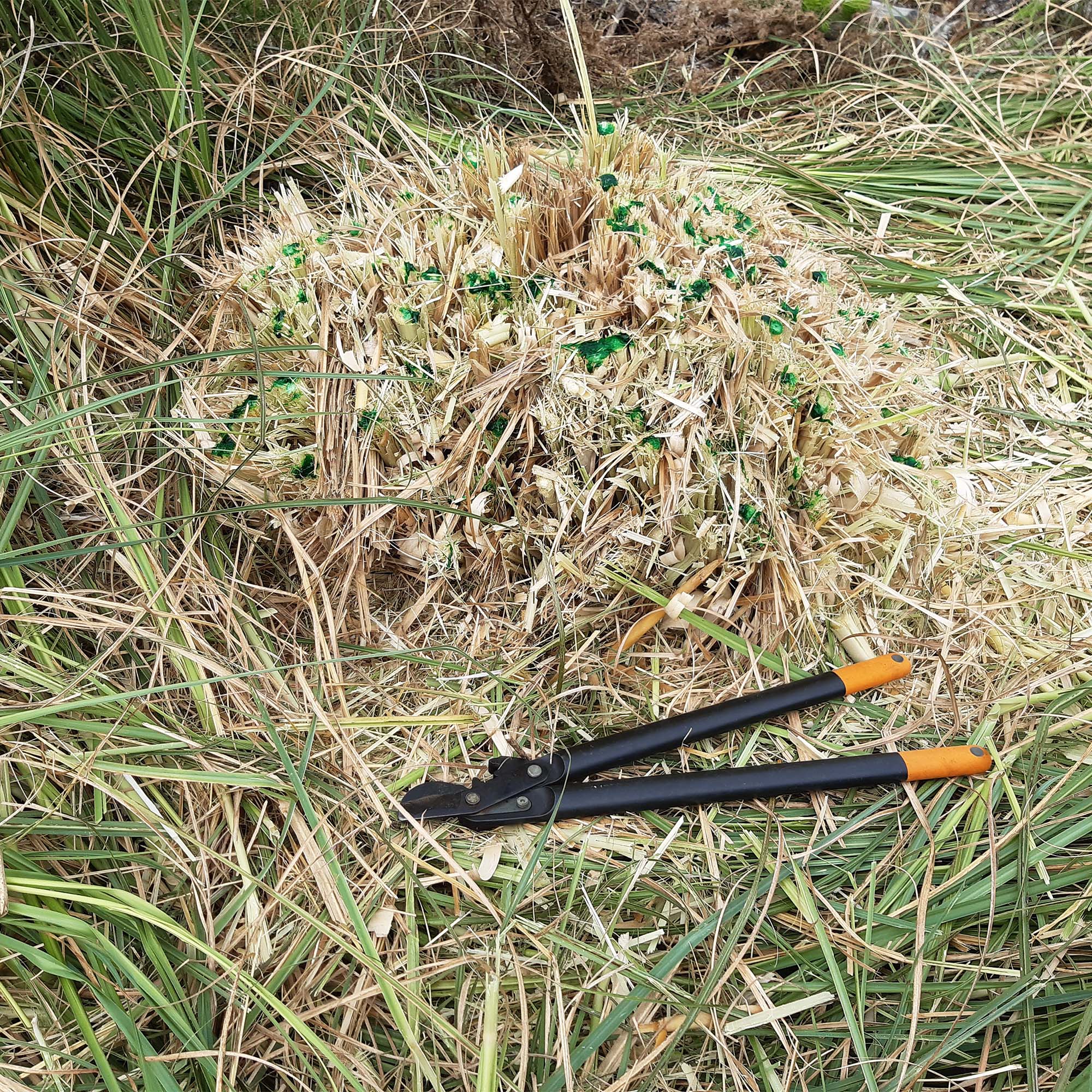
It is at such moments that I exercise my patience in accepting the silly damage that humans have caused. For this particular plot of land, the story begins when an English settler purchased a lot from the Crown in the early 1900s. As for many, the bush only made sense to him if cleared to breed sheep for meat and wool export. Decades later, a Māori-Scots clan bought the property from that original family to start the Pinus radiata plantation in the late 1980s.
And that is just one small corner of the world. Across New Zealand, people deliberately brought invasive species into a new country. Much of this happened with the first wave of colonizers, and during a second wave after the Second World War. More than 25,000 plant, 54 mammal and about 2,000 invertebrate species have been purposely introduced, often by the government. Unbelievably, the trend continues, especially with exotic plants: pampas grass, swamp plant, passionfruit from South America, kikuyu grass from Africa, jasmine and ginger from Asia ... the damage is visible everywhere.
Eventually I learned my lessons, both with pampas as well as the rest: I cut them with an electric weed-wacker or a pruning saw at the base and paste them with gel herbicide before the flowering season. Gradually, steadily, it is getting difficult for introduced weeds to settle, as the cover of native trees and shrubs increases. Although the first year the loss of planted trees was about 20 percent due to a long drought, the following years were better, thanks to La Niña, which brought good rain.

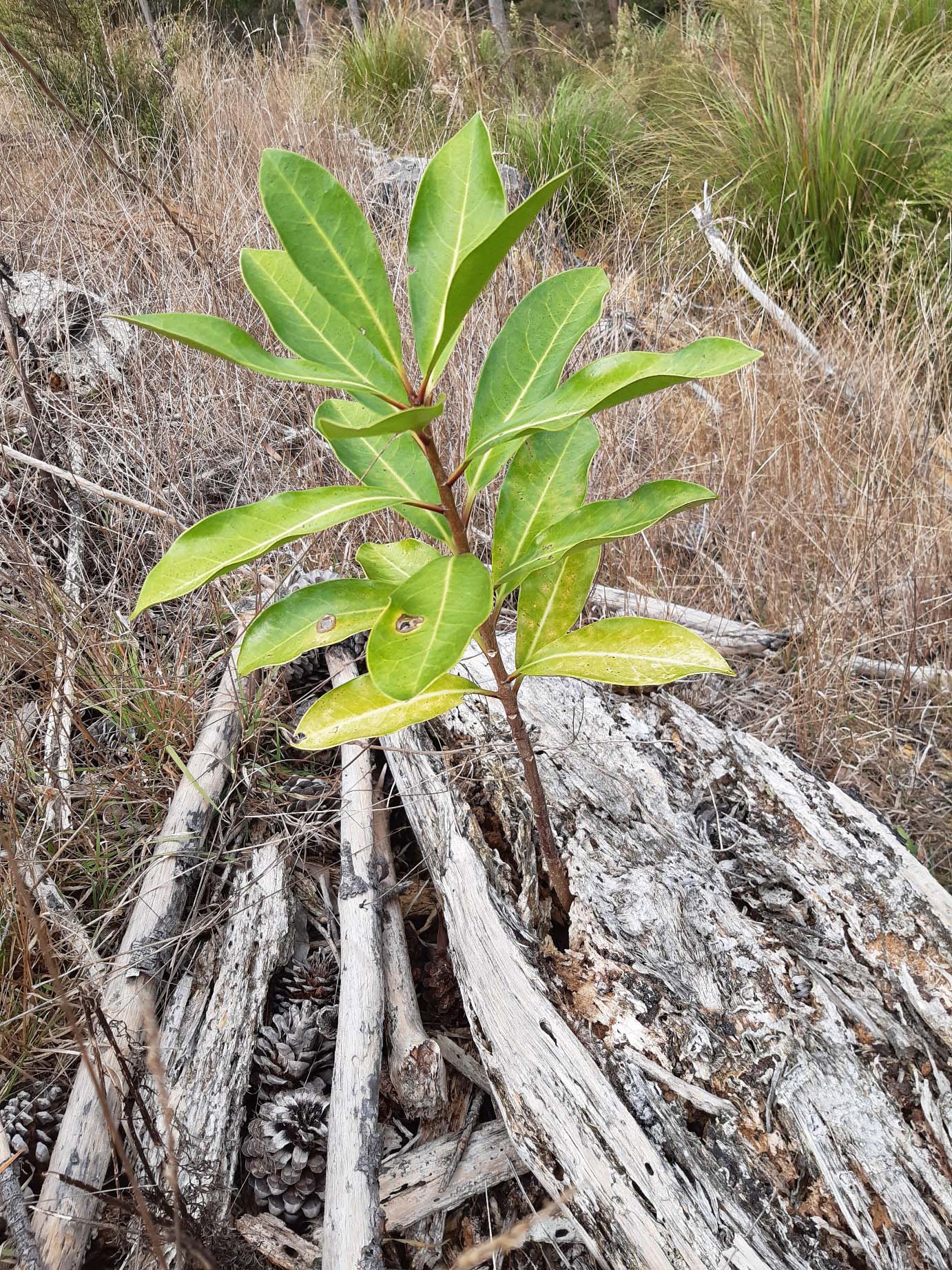
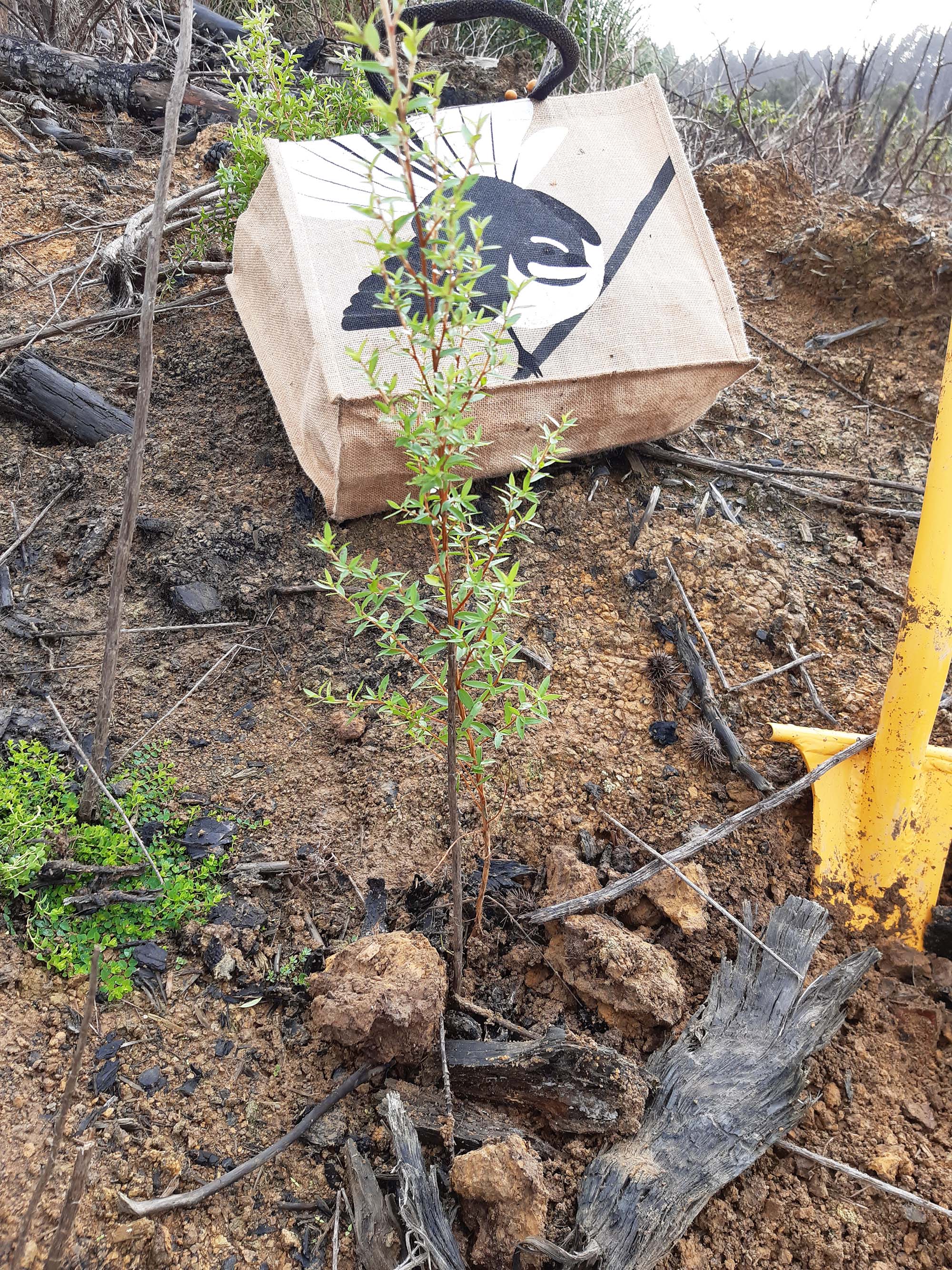
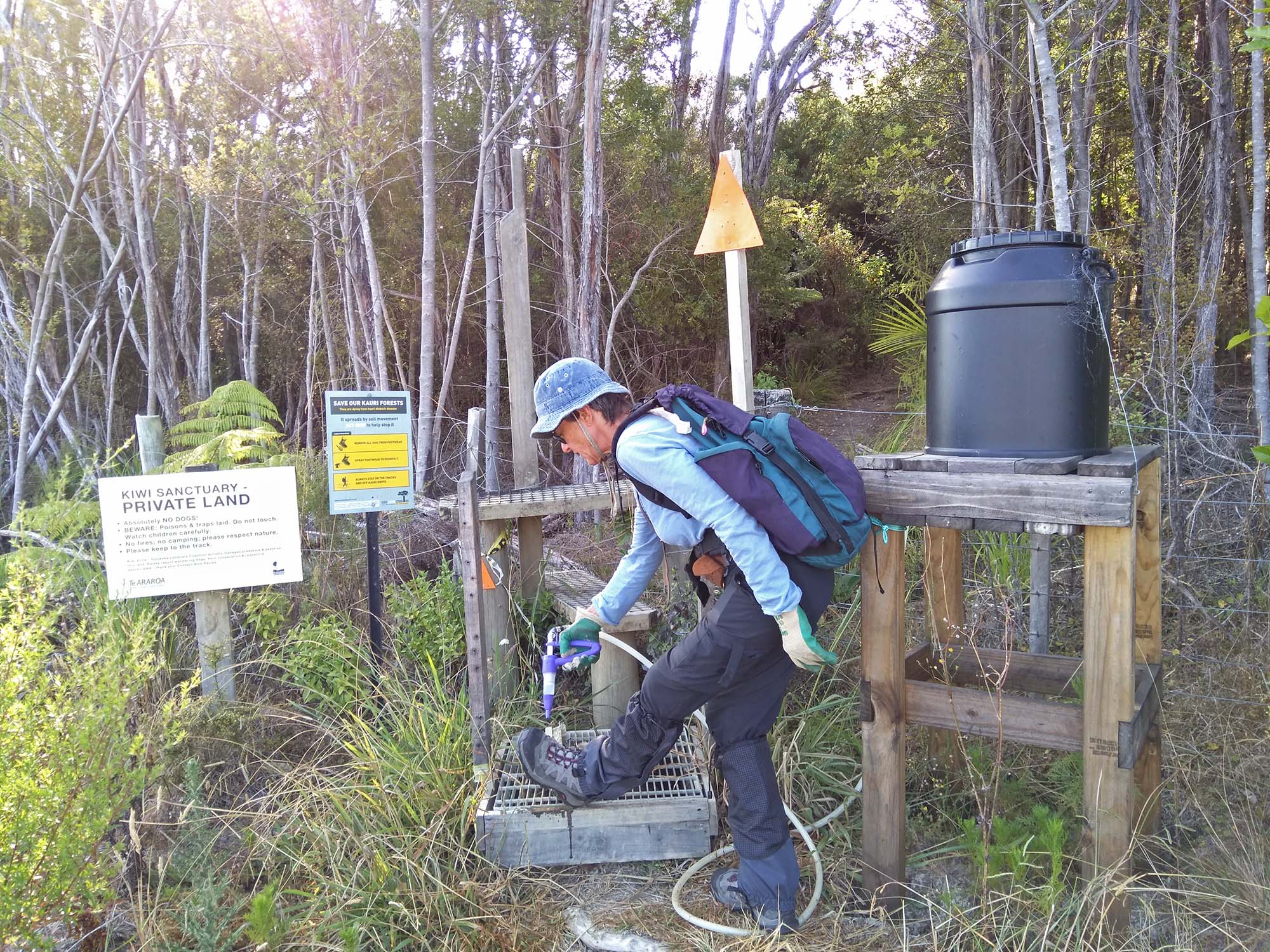
I had started to write requests for donations to get means to purchase trees one year before I bought the land. Once I proved that I had planted a few hundred trees, I received more from the Trees That Count foundation and other donors. When it came to the dirty work, those first few hundred were planted with help from local – and distant – people who wanted to recreate a space of free nature that could reabsorb some of their emitted CO2.
At first, I relied on seedlings of native trees purchased at a local outlet; now I collect seeds from our bush and grow them in my nursery. Plus, as suggested by neighbours, I trimmed the tea-trees along our driveway and placed branches full of seeds onto this needy land. Now I have patches of well-established local pioneer mānuka (Leptospermum scoparium) and kānuka (Kunzea ericoides).
Our bush has helped in other ways, too. Pioneer species are naturally brought from our forest by both wind and friendly birds. Ferns, hangehange, mānuka and kānuka arrive by air currents, while native frugivorous wood pigeons, or kererū, as well as rosella parrots and tūī, drop podocarp tōtara and broadleaf karaka, pūriri and taraire seeds.
Among the flying visitors, the pīwakawaka, or fantail, regularly comes close to check my work, making sure that I disturb the soil enough for insects to be released, while pipits and New Zealand quails browse the ground on the tracks for food. Above us, the kāhu (swamp harrier) glides high to find possible prey. Holding a special spot in this bird colonizer group is the endangered brown kiwi (Apteryx mantelli), which has shown clear interest in this land: We hear them calling every evening from the wet gullies, where they find shelter and food aplenty.
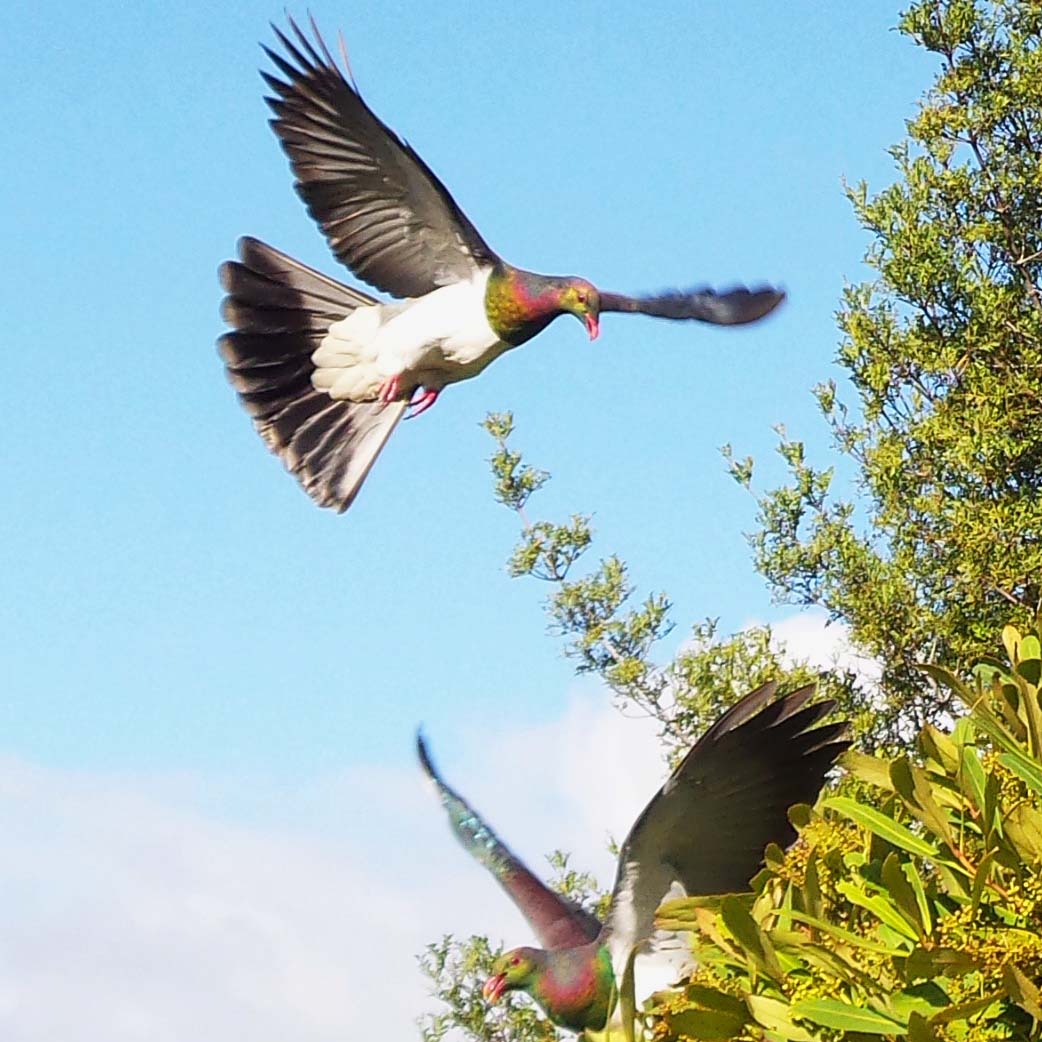

To help these birds thrive and entice their return to the area, Nick and I trap invasive predators and omnivores: mainly stoats and rats but, one year into the planting, we received visits from a few sounders of wild boars, rooting around the new seedlings. Boars are often released into the wild on purpose, for the sake of hunting them once fattened. Inspired by American pig trappers, Nick built a corral and attracted the pests with juicy feed: a few big culls got rid of them.
My original rewilding idea has developed into a vast weeding, planting, trapping and hunting mission that joins biodiversity conservation with climate-change mitigation action. After four years of work, the 80 acres is mostly covered in native resprouted and planted settlers that are absorbing CO2, conserving water, creating shade and producing habitat for many animal species. This new forest will become a reserve, with an adjunct educational centre to raise awareness of the impact individuals can have in restoring and preserving forest ecosystems.
This project started when my worries for the extreme anthropization of Earth were reaching a peak: The climate was starting to go berserk and biodiversity loss was only ever accelerating. By inviting people around the world to participate, I shared my alarms about global changes, but also my ideas of possible communal action for alleviating the issues. I hope this effort shows that one person can make a difference toward improving the Earth’s health.
For more information on Silvia's Generationtrees projects or on how to participate locally or remotely in rewilding this part of New Zealand, go to www.generationtrees.com or email Silvia at generationtrees2020@mail.com.
All photos courtesy Silvia Pinca.


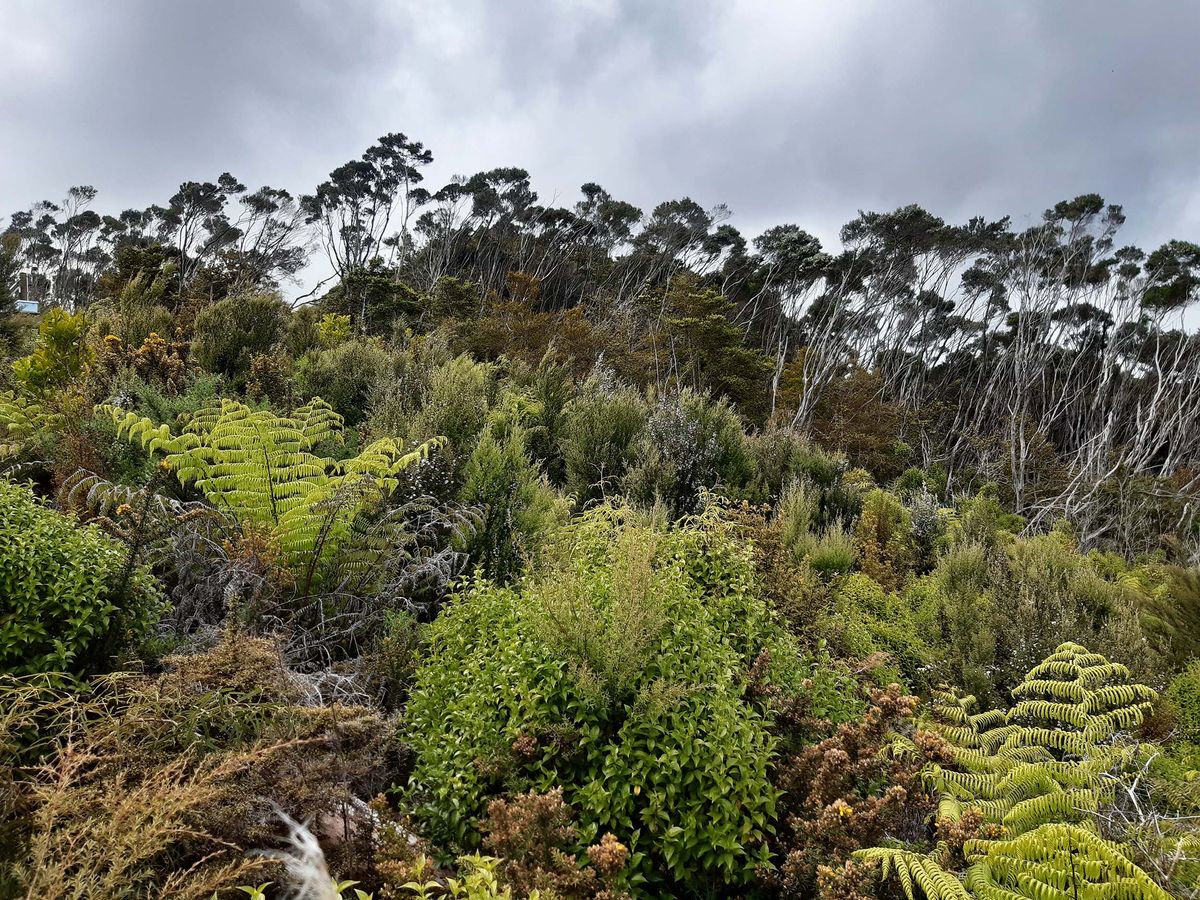
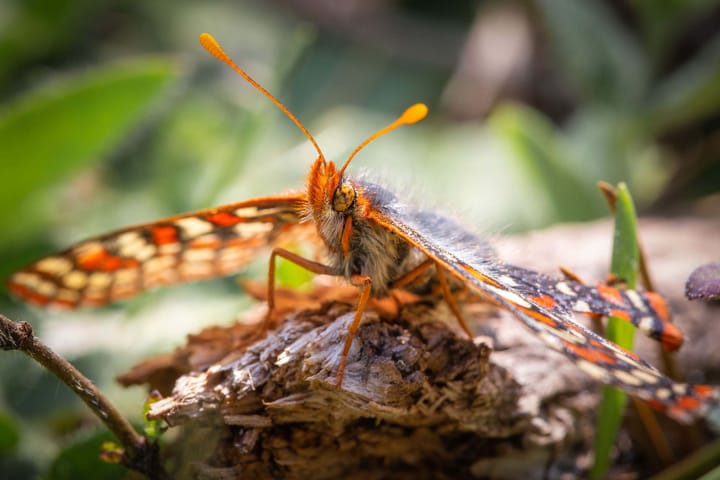
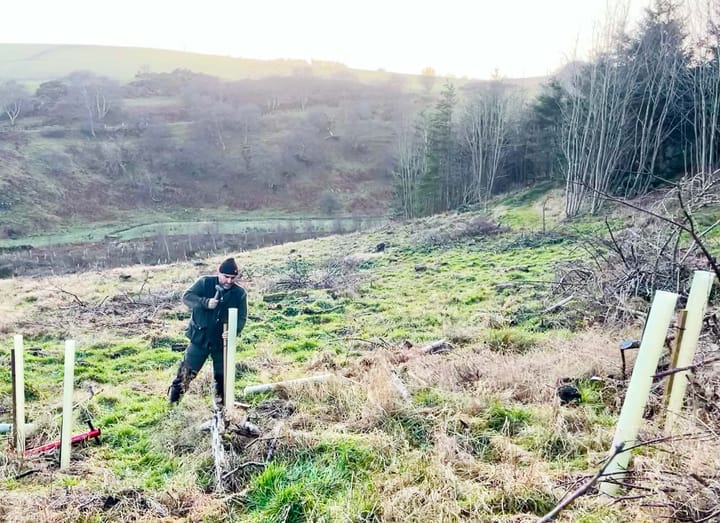
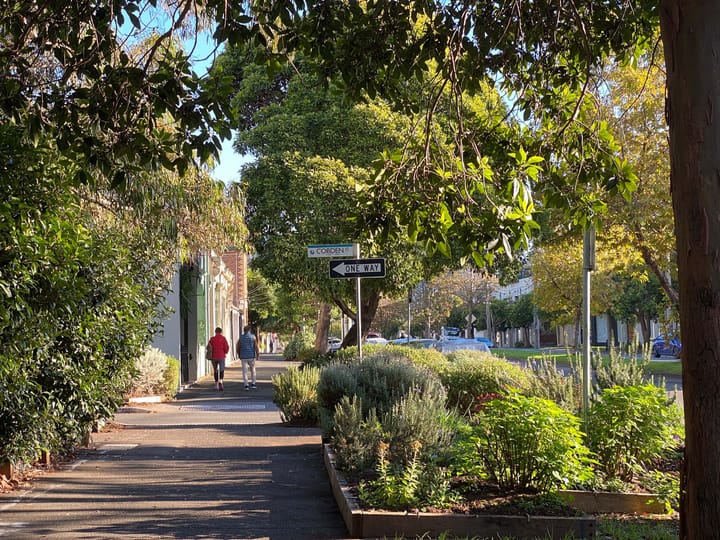

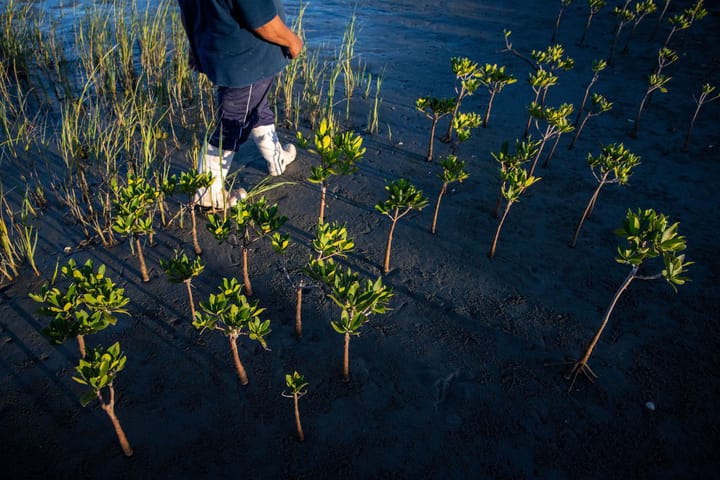
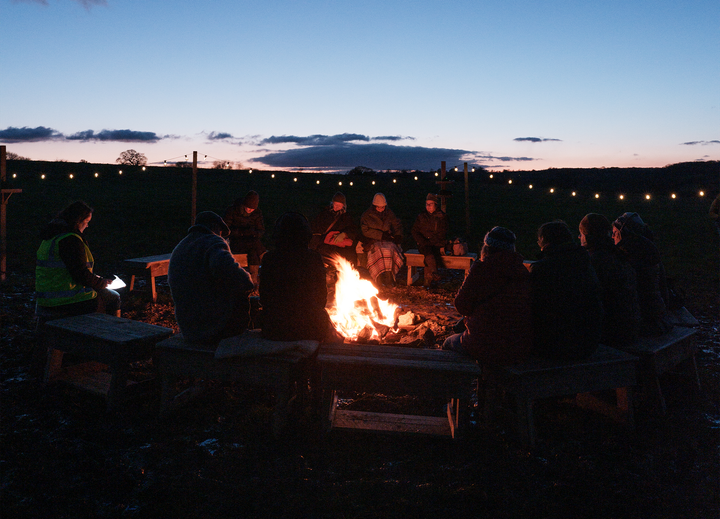

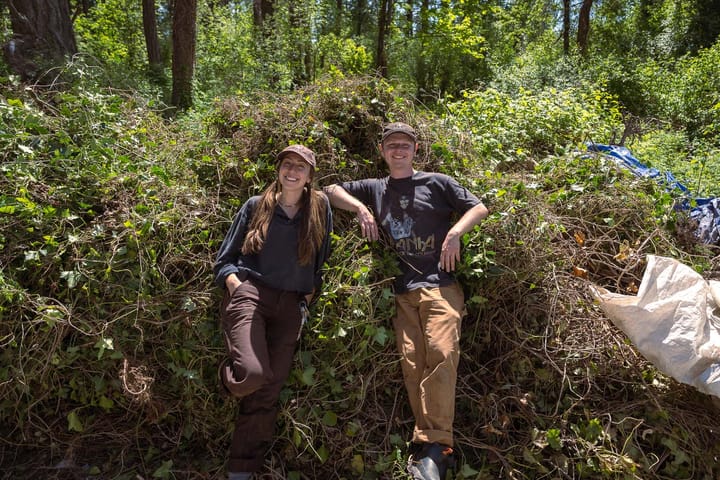
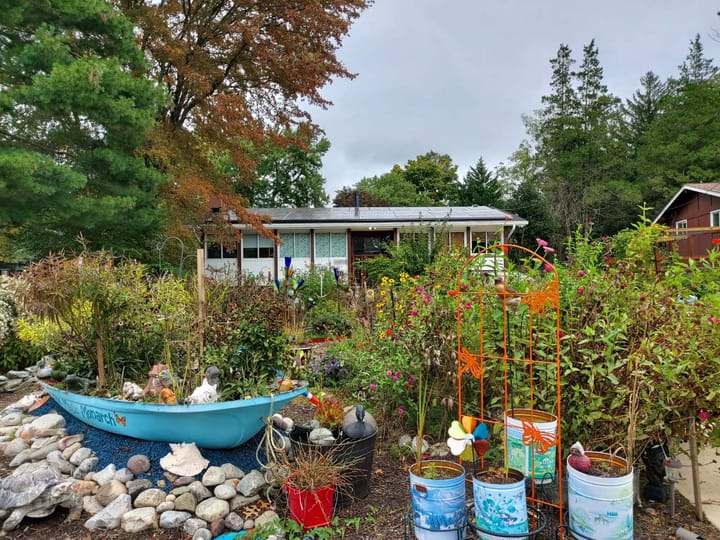
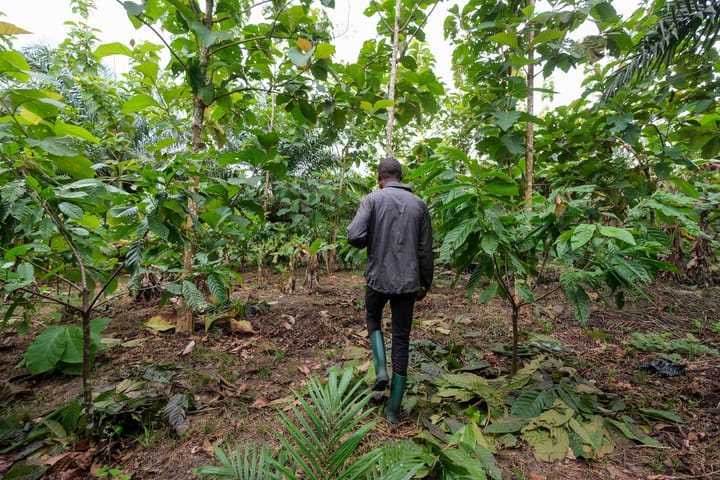
Comments ()